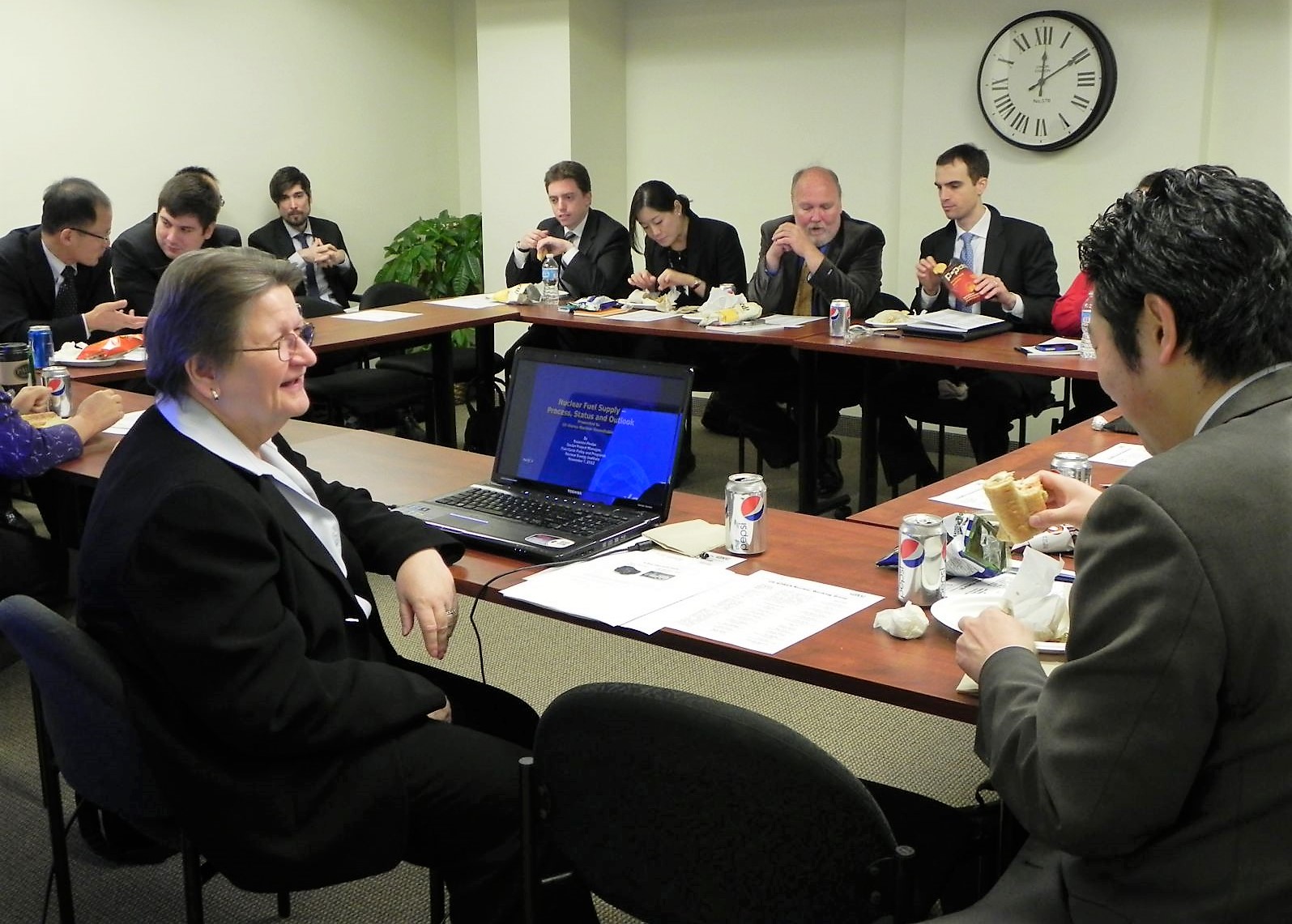While the back-end of the nuclear fuel cycle has been the focus of considerable political attention and controversy, the front-end also presents its own unique challenges and complex issues. Fuel production for commercial nuclear plants consists of four basic steps: uranium mining for yellowcake, conversion of yellowcake into uranium hexafluoride, enrichment, and fabrication of enriched uranium into fuel assemblies for direct use in reactors. While nuclear fuel is typically procured through long-term contracts at relatively stable prices, there have been episodes of significant fluctuations in short-term, or spot, prices for uranium fuel. These fluctuations reflect bottlenecks in nuclear fuel production—certain processes, such as conversion and enrichment, are dependent upon limited facilities and producers. For instance, in 2007, uranium prices rose to $140/lb. as a result of supply disruptions, including floods in two large uranium mines and the shutdown of several conversion plants. Given present forecasts, there will likely need to be an expansion of fuel supply to meet future demand. However, given the current low prices of uranium and long-term uncertainties surrounding global nuclear energy post-Fukushima, the planning and development for additional uranium mines and facilities for conversion and enrichment have been difficult. Additional uncertainties for front-end producers also come from complicated regulatory and permitting procedures for new facilities, as well as the large government stockpiles of uranium from defense and weapons purposes—a sudden large influx of uranium into the commercial market from such stockpiles would likely depress uranium prices further and ruin the continued viability of the private market. Despite such challenges, there remains optimism that nuclear fuel will remain available at prices that support competitive nuclear energy for the foreseeable future.
















